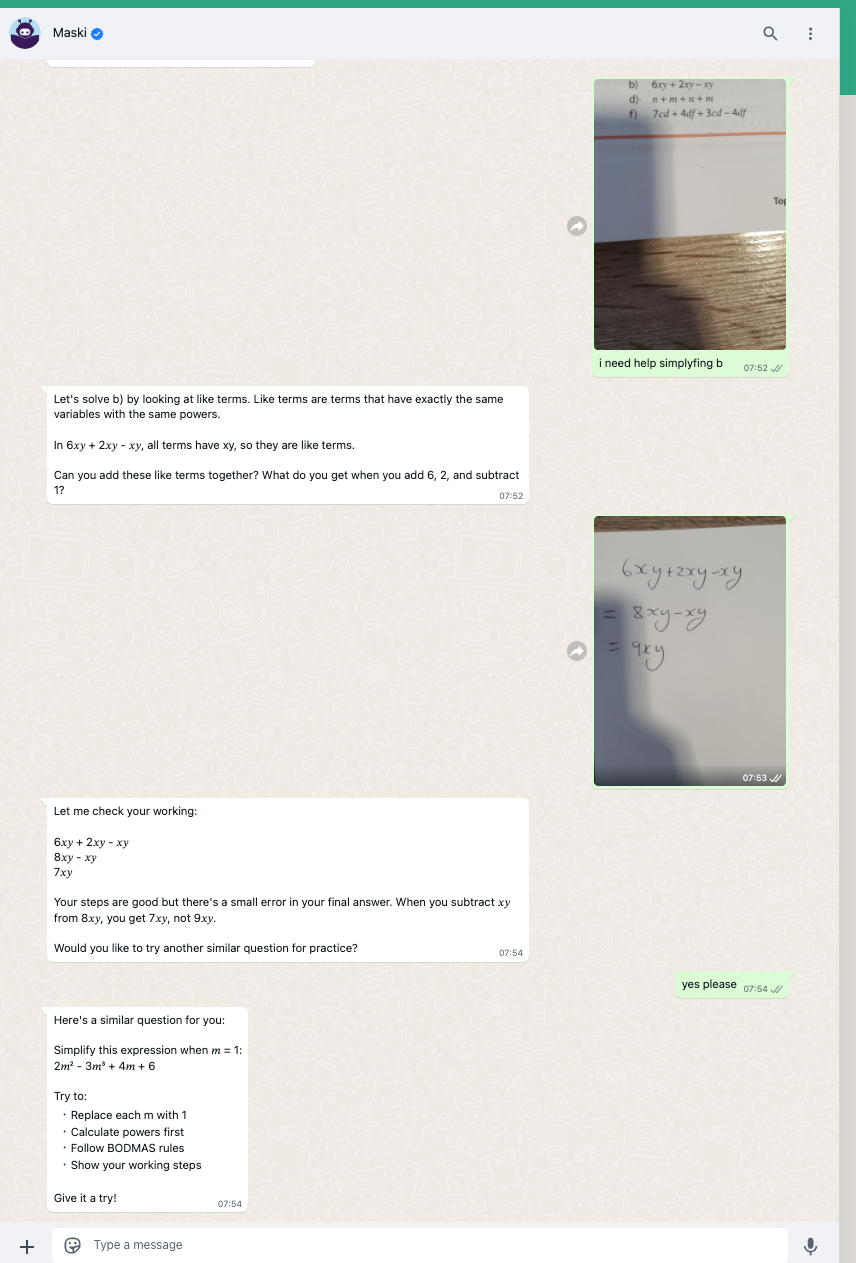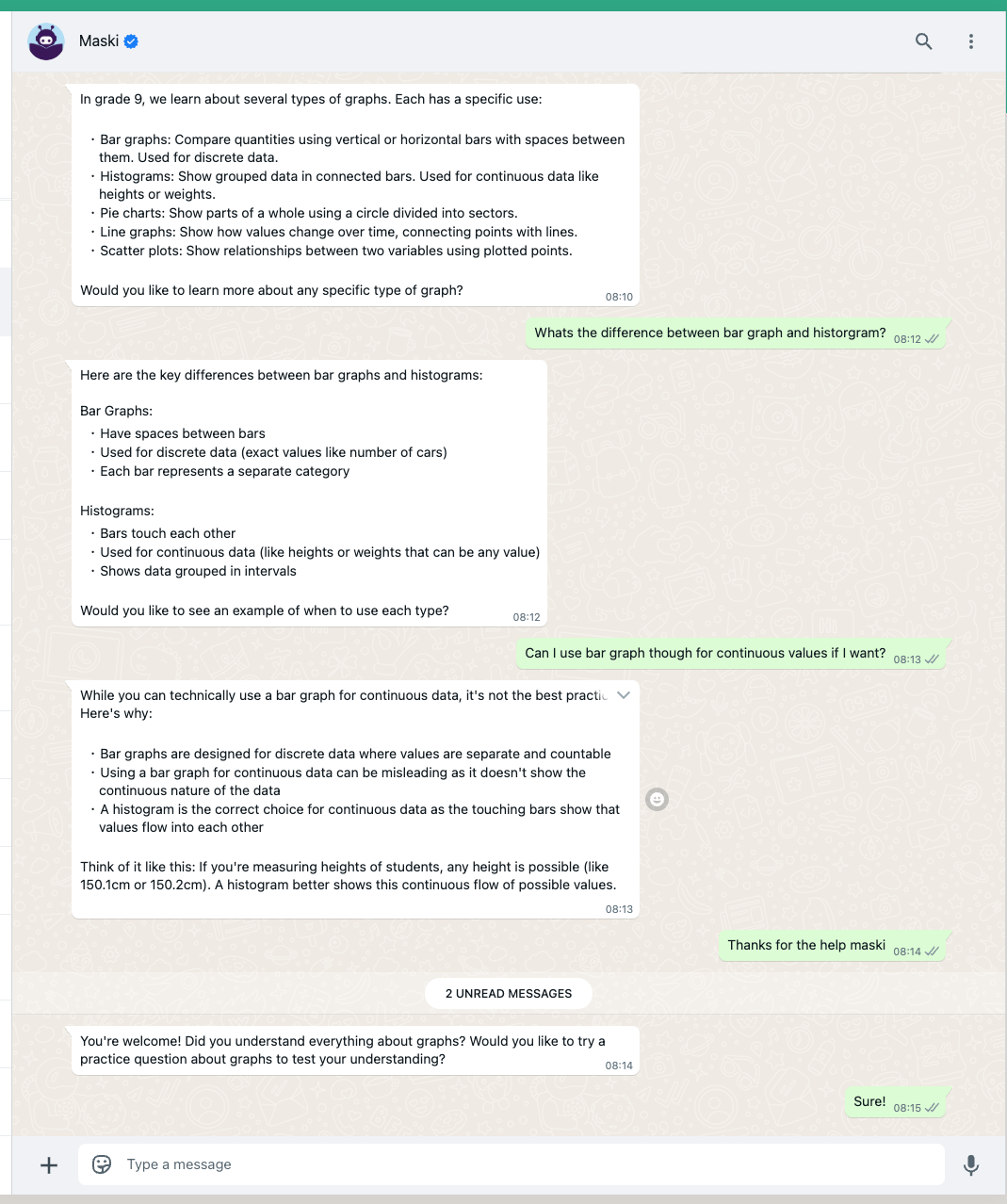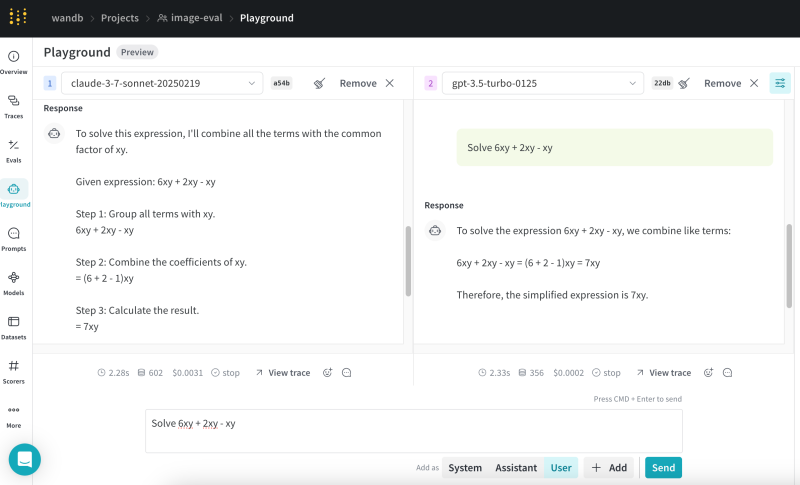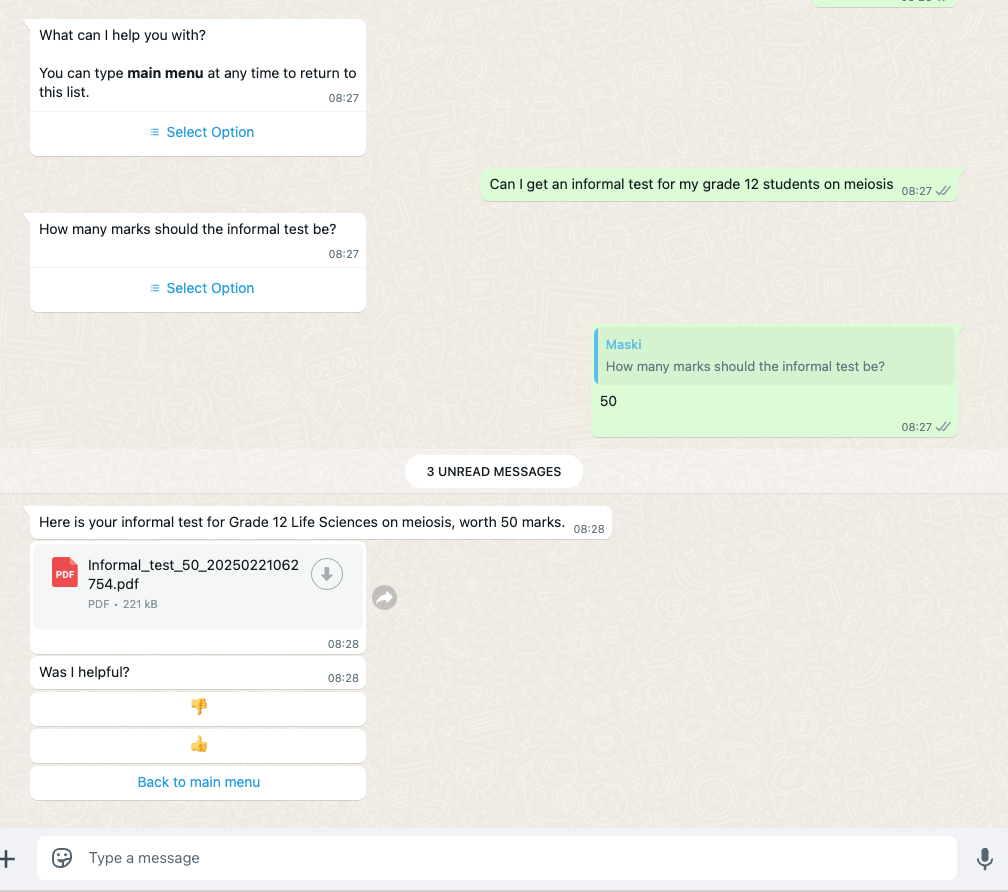Bytefuse: Powering educational access in South Africa with LLMs

The impact of AI on educational efforts
AI has the potential to transform education and make a lasting positive impact on how students learn, as seen in recent headlines touting the success of AI tutors and agents. For Greg Newman and Ruan van der Merwe, the founders of AI research and development company Bytefuse, this only further validates their mission to bridge educational gaps in their native South Africa through AI-driven solutions that take into context the needs and technological access of these students.
“In South Africa, a lot of classrooms have a very high number of learners to each teacher, and our goal is to help teachers be more productive by giving them the ability to generate quality educational content like assessments or lesson plans,” said CEO Greg Newman. “Additionally we have features aimed at learners to help them get access to educational content and tutoring to help them learn independently. We believe our pedagogical tutor app, Maski, can serve educational resources to students who might not have access to educational resources like textbooks or tutors, but also give them guidance on how best to understand that information and how best to prepare for exams.”

“Adoption among students and teachers has been fantastic. We completed our beta last year with approximately 50K teachers and Grade 12 learners who used Maski to prepare for their final exams.”
Part of the challenge in developing Maski is serving this agent-based chatbot through WhatsApp to meet the students where they are; approximately 93% of mobile phones in South Africa have some version of WhatsApp, according to Newman. Because of the wide spectrum of phone types used across the country’s youth, many of which might have outdated operating systems, going straight to WhatsApp instead of having to download an additional app was the best channel.
But that came with many challenges in and of itself, including what co-founder Ruan van der Merwe describes as “making something that should be an advanced app work in a WhatsApp environment.” In addition to UI/UX challenges for making the app work smoothly and reliably, van der Merwe also focused on solving core LLMops and MLOps concerns around reproducibility, versioning, monitoring, debugging, evaluating, and incorporating human feedback. To address those challenges, they turned to Weights & Biases Weave and Models.
How W&B Weave transformed Bytefuse’s agentic workflow and LLMops
Maski is powered by a system of agents, with different agents for every intent that should run within Maski – from generating assessments for teachers, to being tutors for students, to retrieving correct answers.
“These agents basically run Maski at the moment,” said van der Merwe. “Agents basically run our entire system, but the more we can break it up into different tools and intents, the more reliable engineering can happen. Everything you see on our educational platform, there’s almost a guarantee an agent is involved there. And there are a lot of tools these agents use, we don’t just have one agent. W&B Weave traces makes it super easy to see from user input what every single route that message went through our agentic system until it got back to the user. So when something goes wrong, it’s a very easy debug.”
Built on a PydanticAI framework, Maski’s agentic workflow switches between custom LLMs and providers, depending on the use case that’s needed. Van der Merwe and his team have fine-tuned some of their own custom models as well, and found that it was extremely hard to monitor how the actual LLMs were performing, especially at scale. As he noted, “especially in this LLM world, where things are so unpredictable, you really need to know what’s going on. That’s where W&B fits in for us.”
 “When fine-tuning these models, it’s super hard knowing it has achieved what you want to achieve,” continued van der Merwe. “You can very easily overfit or underfit in the LLM space, so now being able to just see oh for this input, the output actually makes sense, let’s stop training, these are our weights and we’re going to use it to generate some stuff. So that’s the first thing we started looking for with W&B Weave. We just wrapped a little function around our predictor and got the actual text outputs, it was like a little godsend that came to us.”
“When fine-tuning these models, it’s super hard knowing it has achieved what you want to achieve,” continued van der Merwe. “You can very easily overfit or underfit in the LLM space, so now being able to just see oh for this input, the output actually makes sense, let’s stop training, these are our weights and we’re going to use it to generate some stuff. So that’s the first thing we started looking for with W&B Weave. We just wrapped a little function around our predictor and got the actual text outputs, it was like a little godsend that came to us.”
From starting with one little wrapper, the Bytefuse team soon began adding W&B Weave to all their production systems to see every single input and output, bringing clarity to their web of agents running. Being able to quickly add text logging everywhere in their systems, coupled with the newfound ease of debugging when outputs went awry, proved the value of W&B Weave immediately.
Because they worked with so many different providers and custom models, Weave’s model comparison feature also ended up being very useful for van der Merwe and his team. Being able to compare models and model results side-by-side, in addition to easily incorporating human feedback, were two other aspects of Weave that transformed Bytefuse’s evaluations processes.

“Let’s say we want to test out a custom model vs. maybe a Claude model, with Weave we feed in the same datasets of inputs and can see from the Weave traces where exactly they start differing,” said van der Merwe. “It’s obvious the text will be different, but seeing the reasoning between calling different tools, when they choose to call different tools, was very useful. The comparison tool in Weave looks almost like a PR in Github, just a super easy way for us to compare things.”
The team uses the Weave model comparison feature for quick lookups, but true comparison happens when they compare two traces involving all the steps that are required. The multitude of steps involved ensures that math and pedagogical approaches are correct and adhered to, rather than simply giving a request to the model provider, pushing data to an API, and going with that output.
Incorporating human feedback in real-time has also proved to be a crucial element of the Maski app that’s been enabled by using W&B Weave. The team has linked Weave’s thumbs-up / thumbs-down system into their WhatsApp app directly, allowing users to rate responses based on how helpful they are.
“That feedback loop is an immensely powerful thing that’s starting to happen now because at scale, you can actually see what your models are doing,” said van der Merwe. “You can test all you want in-house but prod is always different with real users. Being able to track these results and the reason they gave thumbs up or thumbs down, all this data is going back to our system then we can start using our own models to better use it as alignment training data. That’s a very big thing that helps us.”

The W&B difference and commitment
Weave has been, as van der Merwe said, a godsend for the Bytefuse ML team, but W&B Weave was not their first experience with Weights & Biases. As a longtime user of W&B Models for logging experiments across hundreds of models and model versions every few months, van der Merwe had also recently integrated Registry into their workflow, to create an entire CI/CD process. When the team tagged a model, it would automatically deploy a new one and run regression tests using Artifact datasets. Even before W&B Weave, Weights & Biases had brought a lot of sanity, clarity, and reproducibility to the Bytefuse team.
“For me, in machine learning, reproducibility is the hardest thing to do, especially when you train your own models,” said van der Merwe. “W&B was clearly the best solution to help with that. And then on the production side, things can go haywire in a second, and W&B really helped us make sense of what’s going on. I’ve been on W&B Models basically since the beginning, I know it’s a great product, there was already that trust when I saw you guys were launching Weave.”
But it was the next level of commitment to customer support and constantly evolving the Weave product roadmap that really solidified the decision to integrate Weave throughout the Bytefuse workflow, in van der Merwe’s mind.
“Being able to send a Slack message and 10 minutes later the engineer has a ticket open, that W&B support is incredible and made me say we should double down on Weights & Biases,” said van der Merwe. “But what’s really quite amazing with Weave now is the effort being put in to see what are the features we want, and W&B raising their hand to build it. Moreover, I don’t know how you guys do it, but every time I think a week before I want to ask about a feature on the roadmap, I find out it’s already coming. Whoever is predicting what features need to be built, they really know what people building with LLMs want and need.”
With the help of W&B, the Bytefuse team is fully committed to bridging that educational gap in South Africa and improving the learning potential of South African students. And there’s more work yet to be done; South Africa officially has 11 languages, and the South African curriculum is currently only taught in English and Afrikaans, so students are sometimes learning in a third or even fourth language. Maski has heretofore been focused on students from Grades 7 to 12; Bytefuse is committed to tackling the Foundation phase next, to help students with early reading and comprehension.
The journey of Bytefuse illustrates how robust MLOps and LLMOps infrastructure can help scale AI solutions for social good, even in challenging technological environments. By leveraging Weights & Biases’ suite of tools, Bytefuse has built a system that not only addresses South Africa’s unique educational challenges but does so in a way that meets students where they are.
What makes Bytefuse’s work particularly significant is how they’ve tailored cutting-edge AI technology to address local constraints rather than simply importing solutions designed for more technologically advanced markets. This adaptability, combined with solid technical foundations provided by W&B’s tools, creates a model for how AI can be deployed effectively in diverse global and local contexts.
“With LLMs, there’s gonna be a whole bunch of really cool things we haven’t thought of yet,” Newman notes, pointing to the future. “We’re very excited about building out new learning experiences.”
For students across South Africa, this means more than just having an AI tutor—it means having educational support that understands their context and needs, available through the technology they already have in their pockets.